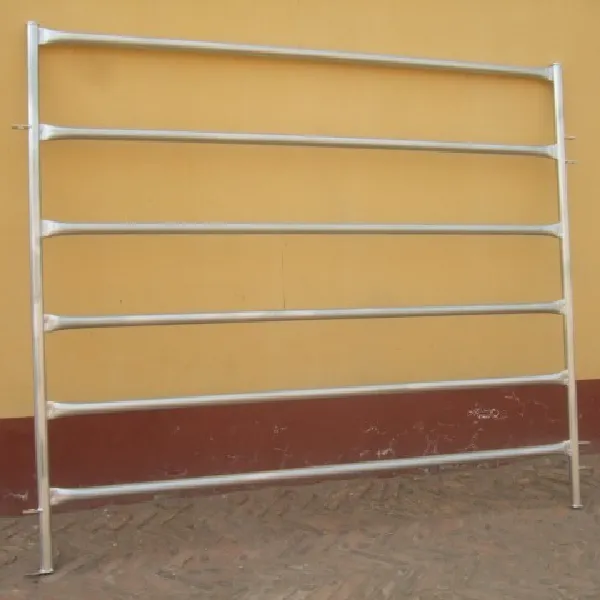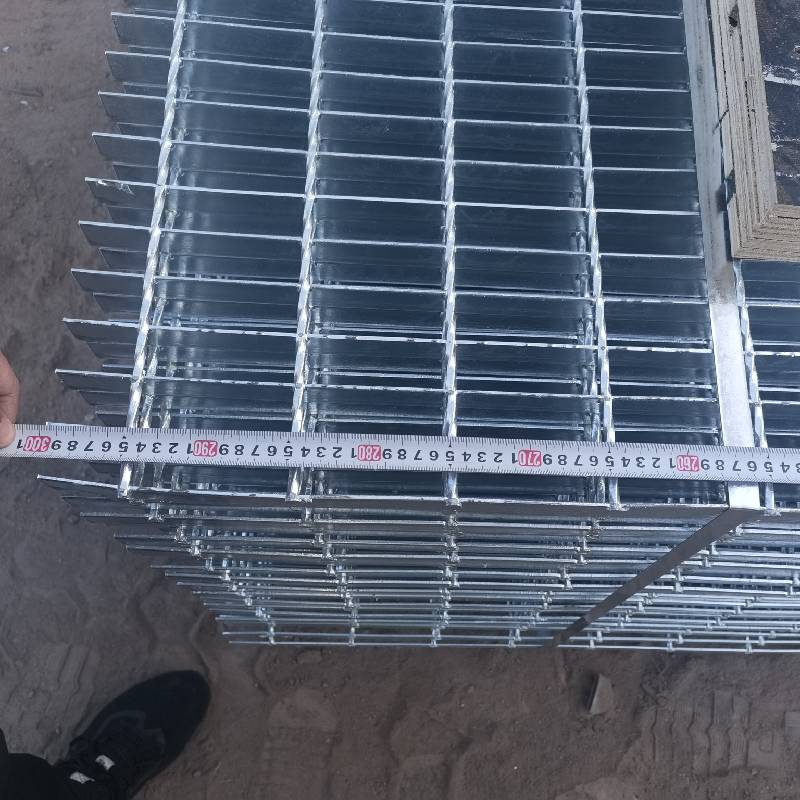The demand for stainless steel netting mesh has seen a significant rise in recent years. This trend is not surprising, considering the versatility and durability that stainless steel mesh offers. As an expert in the field of industrial materials, I have had the opportunity to work closely with various grades and types of stainless steel netting mesh, gaining valuable insights into their applications, benefits, and best practices for use.

Stainless steel netting mesh is primarily valued for its corrosion resistance, which makes it an ideal material for both indoor and outdoor applications. Unlike other metallic materials that can rust or deteriorate over time when exposed to the elements, stainless steel offers longevity, which is crucial for projects where long-term durability is necessary. This corrosion-resistant property is achieved by adding chromium during the manufacturing process, which forms a protective layer over the mesh.
The flexibility of application for stainless steel netting mesh is remarkable. In architectural projects, it is often used for decorative facades, allowing architects to blend aesthetics with function seamlessly. The mesh can be customized to various sizes, thicknesses, and patterns, providing unlimited design possibilities. Additionally, its transparency and light-weight characteristics do not impose heavy loads on structures, making it suitable for high-rise buildings.

In the realm of industrial use, stainless steel netting mesh serves essential functions in the separation and filtration processes. It is robust enough to withstand high temperatures and pressures in industries such as chemical processing and oil refinery. The varying aperture sizes available allow for precise filtration, ensuring efficient separation of particles with minimal maintenance.
Moreover, stainless steel netting mesh is invaluable in the safety sector. Its high tensile strength makes it ideal for protective screens and barriers. From securing construction sites to providing safety for zoo enclosures, the application of this material ensures both human safety and containment of animals, offering peace of mind that cannot be achieved with less durable materials.
stainless steel netting mesh
As a professional, it's important to recognize the sustainability aspect of using stainless steel netting mesh. Unlike plastics and other less durable materials,
stainless steel is highly recyclable. At the end of its lifecycle, it can be repurposed or recycled without losing its core qualities. This contributes to a reduction in resource consumption and waste production, which is integral in today's environmentally conscious market climate.
For installation, partnering with experienced professionals is crucial to maximize the mesh's potential. Proper installation ensures that the mesh meets the project's exact needs, providing both functionality and aesthetic value. Specialists will evaluate factors such as ambient conditions, required load capacities, and specific application purpose to tailor a solution that optimizes performance and reliability.
In regard to trustworthiness and authority, leading manufacturers and suppliers often provide specification sheets and certification of compliance with international standards. This transparency not only guarantees that the product meets safety and quality benchmarks but also reassures clients of its performance capabilities.
Finally, developing a routine maintenance schedule is key to retaining the mesh's pristine condition and effectiveness. While stainless steel netting mesh is low maintenance, periodic inspections and cleanings can prevent potential issues and prolong the lifespan of the installation.
In conclusion, the use of stainless steel netting mesh is broad and beneficial across various industries due to its durability, aesthetic flexibility, and sustainability. Each application's success hinges on informed choices regarding material specifications, accurate installation, and ongoing maintenance. With the right approach, stainless steel netting mesh can significantly enhance both the functionality and aesthetics of any project.
























